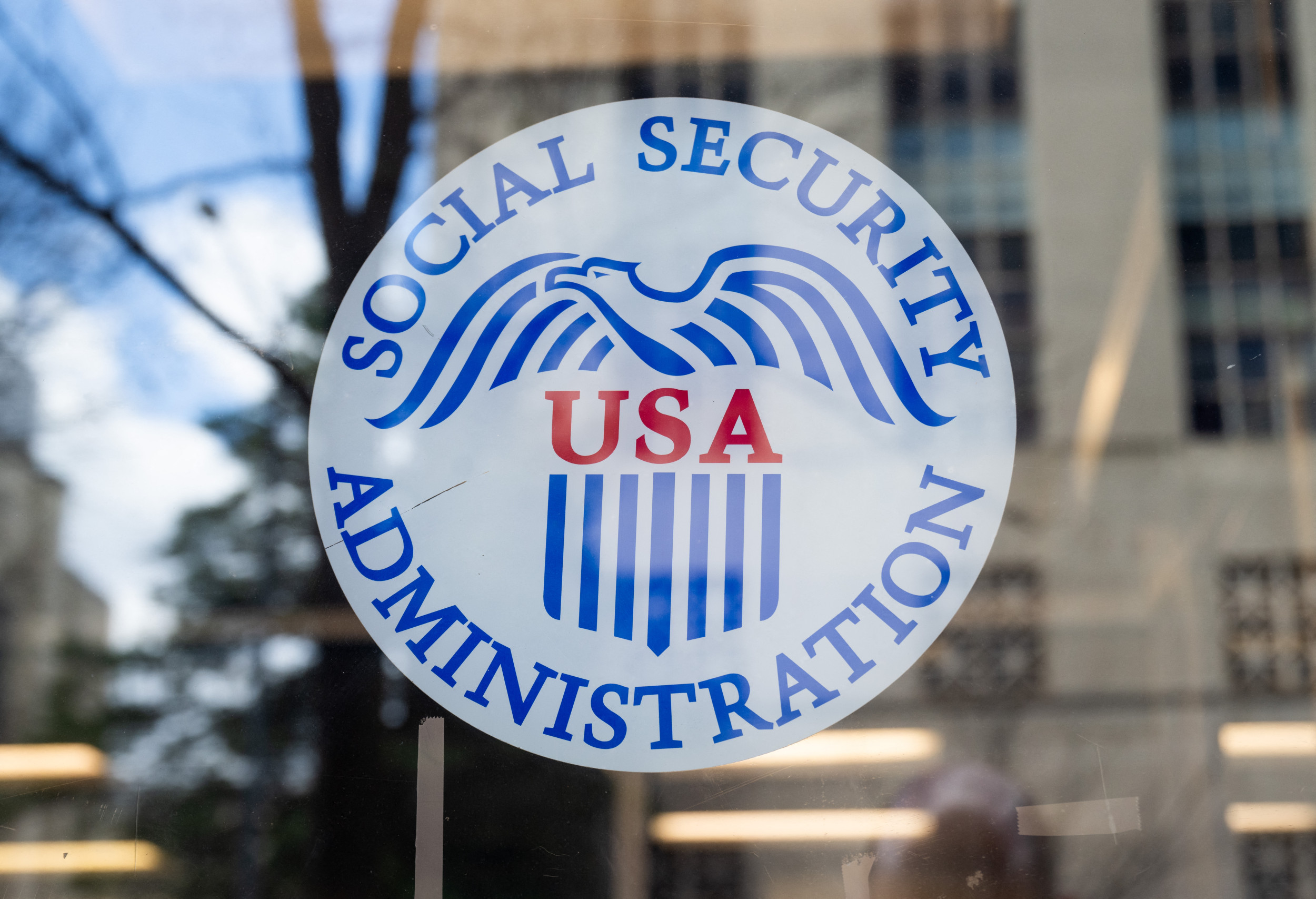
Social Security recipients will experience a complete transition from paper check disbursements to electronic payments, starting at the end of September.
The Trump administration announced the update as part of a larger push to modernize the Social Security Administration (SSA) with fully digital payments.
Why It Matters
Social Security plays a crucial role in the lives of over 60 million Americans who rely on consistent benefit payments for retirement, disability, or other support.
Alongside this payment overhaul, the SSA has also increased monthly withholding for many beneficiaries with outstanding overpayment debts, prompting concerns about financial security for some of the nation’s most vulnerable citizens.
What To Know
Beginning September 30, the U.S. Treasury Department will require all federal payments, including Social Security benefits, to be delivered using electronic methods rather than paper checks.
The policy, announced in May and confirmed by the SSA in mid-July, means current paper check recipients must switch to either direct deposit or a pre-paid Direct Express debit card.
The move aims to reduce payment fraud and administrative costs since paper checks cost about 50 cents to issue, compared to less than 15 cents for electronic transactions.
“I’ve seen too many clients over the years get hit by check washing scams,” Michael Ryan, a finance expert and the founder of MichaelRyanMoney.com, told Newsweek. “Criminals literally erase the payee and amount on stolen checks. It’s heartbreaking when someone’s entire monthly income disappears because their check got intercepted.”
Some exceptions will be permitted for those unable to complete the transition.
On July 23, Senator Elizabeth Warren, a Massachusetts Democrat, announced that SSA Commissioner Frank Bisignano agreed there would be allowances for beneficiaries who cannot practically use electronic payments, ensuring access to essential funds remains uninterrupted.
While SSA has not issued detailed public guidance on exceptions, a spokesperson told CNN that paper checks would continue when no other alternative exists and that all beneficiaries would be updated on transition procedures.
Waivers can be requested for conditions such as mental impairment, living in areas without banking infrastructure, or being aged 90 or above.
The shift toward electronic disbursement comes alongside ongoing changes to how SSA manages payment errors.
The agency also increased withholding rates for benefit recipients with outstanding overpayment debts from 10 percent to 50 percent of monthly payments in July. The move, intended to speed up the collection of $32.8 billion in outstanding overpayments from 2020 to 2023, affects thousands of beneficiaries this summer.
While it reduces the burden from a previously proposed 100 percent withholding, the 50 percent rate has drawn criticism from advocates and legal experts concerned about the wellbeing of low-income retirees and people with disabilities who largely depend on Social Security income.
Meanwhile, the SSA recently upgraded its My Social Security online portal to 24/7 access, allowing users greater flexibility in managing their accounts, direct deposit details, benefit verification, and required documentation.
Agency officials say the changes aim to help beneficiaries manage the transition to electronic payments and navigate other policy updates more efficiently.
SAUL LOEB/AFP via Getty Images
What People Are Saying
A spokesperson for the SSA told Newsweek: “In March 2025, President Trump issued Executive Order 14247, which mandates the transition to electronic payments for all Federal disbursements by September 30, 2025. Less than one percent of Social Security Administration beneficiaries currently receive paper checks. SSA is proactively contacting those beneficiaries to alert them about the change and the process to enroll in direct deposit or receive Direct Express cards.”
Alex Beene, a financial literacy instructor for the University of Tennessee at Martin, told Newsweek: “The pivot away from paper checks is one that some in the administration feel is needed. Paper checks can be viewed as easier targets for fraud, especially when it comes to government benefits. There’s also the reality that the vast majority of recipients have opted to receive their monthly benefits through direct deposit, cutting down the need for the administrative oversight for paper checks and all the extra postage and processing that come with them.”
Kevin Thompson, the CEO of 9i Capital Group and the host of the 9innings podcast, told Newsweek: “The SSA aims to achieve two main objectives with this change: modernizing their payment system and reducing fraud within the program. They have identified paper checks as a significant source of fraud, although I personally find that reasoning questionable. Cashing paper checks typically requires photo identification and verification, so digital banking—where most financial fraud occurs—seems like a more logical area of concern.”
Drew Powers, the founder of Illinois-based Powers Financial Group, told Newsweek: “Moving to direct deposit and other forms of electronic payment really is more secure than a paper check. For many senior citizens, their mailbox is a prime entry point for theft and fraud. Hopefully, this transition can move at a pace that makes it more comfortable for the recipient. Some seniors will have to learn new online systems, and must be diligent in safeguarding their information.”
